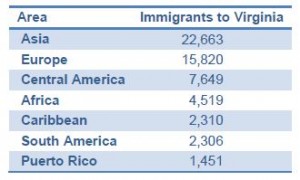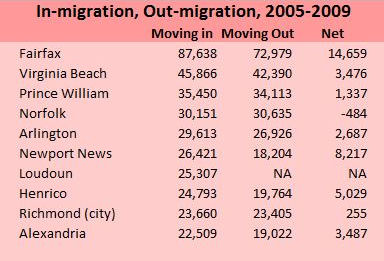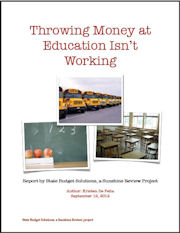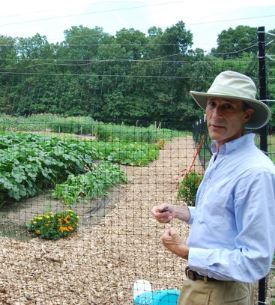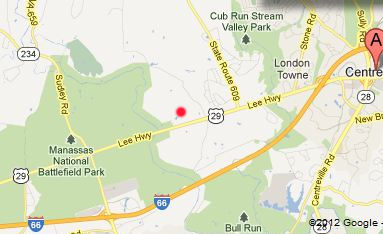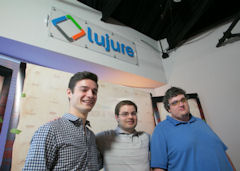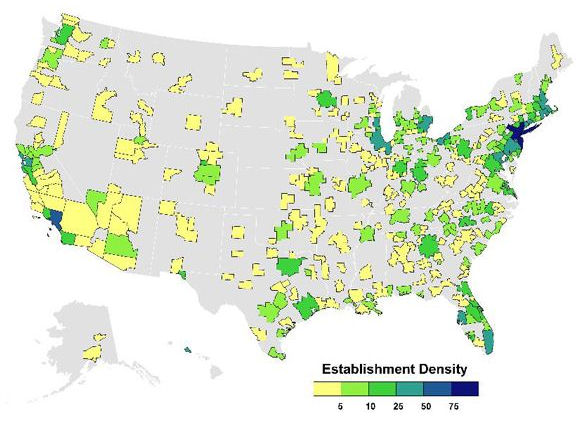By Peter Galuszka
Many questions surround the bizarre situation in which a Pittsylvania County supervisor taped and caught in an apparent lie prominent Republican State Sen. Bill Stanley who made a late night call to urge that a resolution involving uranium mining be shelved.
It raises questions about the integrity of Stanley, who is one of the state Republican party’s fastest-rising young stars. It tends to implicate the McDonnell Administration in influence peddling. It shows how the democratic process can be throttled in intrigues involving a proposal to mine a 119 million pound uranium deposit near Chatham that could make billions for its owners.
Supervisor Jerry A. Hagerman’s taped conversation which I heard from the Aug. 31 phone call from Stanley also shows how politics is really played at the granular and perhaps most important level in Virginia. The phone call sounds like something from a movie, with a smooth, hot shot politician coming off patronizingly as he tries to pump up an older, rural official to get what he wants.
In the call, Stanley can be heard saying that he had been called and asked to “reach out” by McDonnell to persuade the board to shelve the uranium resolution. He tells Hagerman, who has come out openly against ended the state-wide moratorium against uranium mining, that going along with dumping the resolution could be good for him “personally and politically.”
Stanley has not responded to requests for comment about the taped telephone call. He did tell me before I learned of the taped call that McDonnell had not called him to ask him to lobby the board. A McDonnell spokesman has emphatically denied twice that the governor had anything to do with calling Stanley to ask him for help in shelving the resolution. Among questions:
- Why would the McDonnell Administration be so interested in this particular resolution? It is not strongly-worded and says that the decision about ending the moratorium on uranium mining is up to the General Assembly. It states that if mining proceeds, it must be regulated and there should be a public fund set up to help pay local residents hurt by an accident. Both requests are no-brainers. Virginia does not presently have any regulations on uranium mining although the federal government does.
- Why can’t the legally-elected local officials in a particular county vote on a matter of obvious local concern without interference from state officials?
- Why would Stanley be calling Pittsylvania County supervisors at 10:30 on a Friday night on the kick-off to the Labor Day long weekend? The supervisors meeting where the resolution was on the agenda was the following Tuesday, Sept. 4. If Stanley were so concerned about shelving the resolution, why didn’t he go to the meeting and ask to address the board in public?
- Why would Stanley tell Hagerman about a proposal by “Virginia Beach” to develop an “inland port” that could employ thousands in his county? The City of Virginia Beach has no commercial port facilities capable of handling containerized cargo although the Virginia Port Authority has a large operation in Hampton Roads and an inland port in the Shenandoah Valley. Asked about this, a McDonnell spokesman referred me to the City of Virginia Beach.
- Lying hasn’t really been the style of McDonnell or his people. It could be that the governor did not call anyone specifically about the uranium resolution but somehow his name was being used to get attention.
Stanley has close ties to McDonnell. He won a key political battle last year in elections for the 20th senate district that runs from Smith Mountain Lake to Danville. It was a recent creation formed after redistricting reshaped borders. McDonnell’s political action committee gave Stanley $83,000 – the most to any Republican politician last year – to beat Democrat Roscoe Reynolds.
The vote was critical because the majority in the state Senate by either party hung in the balance. With Stanley, 45, winning, McDonnell also got an energetic new ally with a bright political future. Stanley is in synch with McDonnell on just about every issue, especially social ones. Stanley is a newcomer in elected politics. In 2010, he entered office as a state senator by winning a special election to replace Robert Hurt, the Republican who beat Democrat Tom Perriello for his Congressional seat.
Before running for office, Stanley had been a high-flyer. The son of a Navy officer who had settled in Franklin County in 1983, Stanley graduated from Hampden-Sydney, one of the few all-male private colleges left. He then went to D.C. School of Law and worked for a Northern Virginia law firm that handled the high profile, a sexual harassment lawsuit by Paula Jones against former President Bill Clinton. Stanley moved back to Franklin County in 1999 and became active in Republican politics.
But if Stanley thought he was going to snow Jerry Hagerman, as it sounds on the taped phone call, he miscalculated badly. Soft-spoken Hagerman, 67, is a West Virginia native and former coal miner. He has an extensive background in law enforcement, having served as a sheriff’s deputy in McDowell County, W.Va., a Rocky Mount police officer and a deputy and investigator for the Pittsylvania Sheriff’s Office before retiring in 2006. Today, he runs a gunsmithing shop.
“I felt very uncomfortable talking with Stanley,” says Hagerman who says he routinely tapes his calls so he can remember facts.

 By Peter Galuszka
By Peter Galuszka



 By Peter Galuszka
By Peter Galuszka